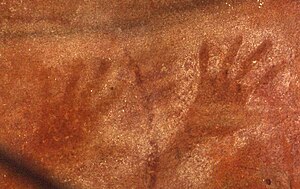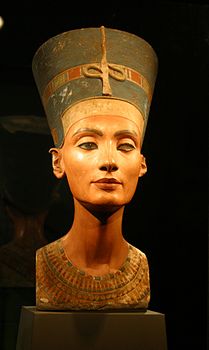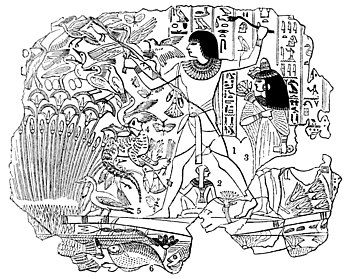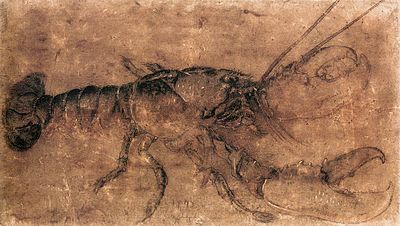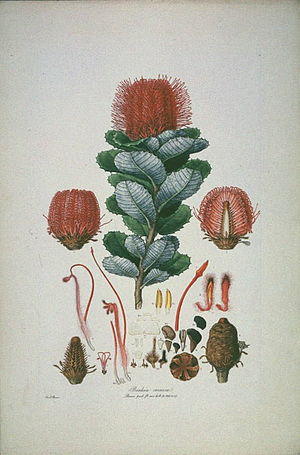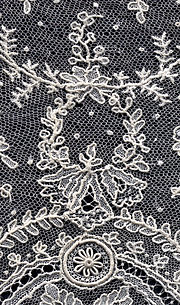Art definitions, artistic roles, and visual thinking/ART101/Artistic roles
Art has many roles and functions in society, ranging from simple description of our lives, to scientific portraits of flora and fauna, to enhancing our everyday lives.
Description
A traditional role of visual art is to describe ourselves and our surroundings. Some of the earliest artworks discovered are drawings and paintings of humans and wild animals on walls deep within prehistoric caves. One recurring image is a hand print: a universal symbol of human communication.
Browse some of the images at the Bradshaw Foundation; see rock art archives in the left navigation menu of that website. The Bradshaw Foundation's primary objective is to discover, document, and preserve ancient rock art around the world and to promote the study of early humankind's artistic achievements.
Portraits capture the accuracy of physical characteristics, but the very best also transfer a sense of an individual’s unique personality. For thousands of years, this role was reserved for images of those in positions of power, influence, and authority. The portrait not only signifies who they are, but also solidifies class structure by presenting only the highest-ranking members of a society. The portrait bust of Egyptian Queen Nefertiti exemplifies beauty and royalty. The full-length Imperial Portrait of Chinese Emperor Xianfeng not only shows realism in the likeness of the emperor, but also exults in the patterns and colors of his robe and the throne behind him.
Out of this striving for accuracy and documentation developed the art of scientific illustration, an important part of scientific communication before the advent of photography. Scientific illustrators concentrate on accuracy and utility rather than aesthetics. They comment on many different types of scientific phenomena.
Read about how the Wari peoples of Peru used art to enhance their everyday implements.
Comment on the purpose and use of portraits of public officials in public buildings.
Note: Your comment will be displayed in the course feed.
